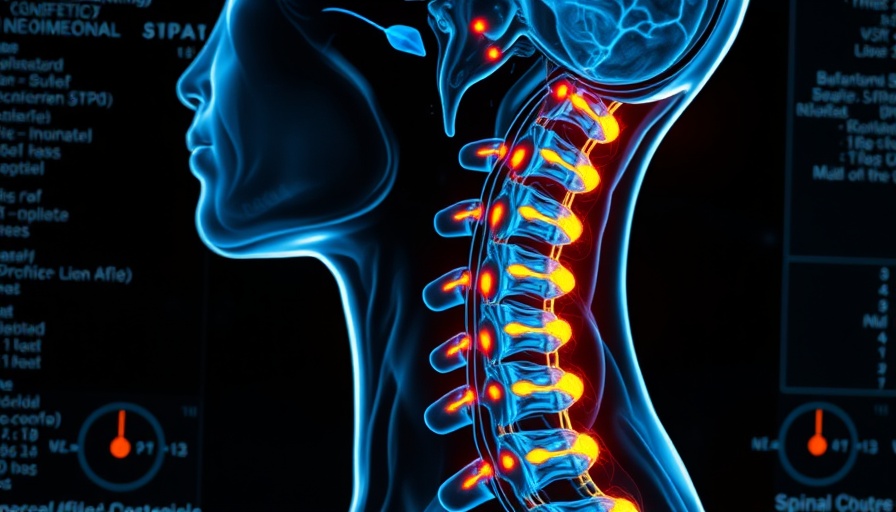
Revolutionizing Spinal Injury Diagnostics: The Promise of PET Imaging
A groundbreaking advancement in the realm of spinal cord injury research has emerged, as scientists unveil a novel PET tracer that could transform the way these injuries are understood and treated. This new imaging technique, utilizing the [18F]SynVesT-1 PET tracer, allows for unprecedented insight into synaptic losses in both the spinal cord and associated brain regions post-injury, providing a molecular perspective that conventional methods have failed to deliver.
Understanding Spinal Cord Injuries
Every year, an estimated 54 out of every million individuals in the United States sustain a traumatic spinal cord injury, with around 308,600 people living with these life-altering conditions. Current diagnosis primarily relies on X-rays and CT scans, which focus on anatomical integrity but often miss crucial physiological changes such as synaptic loss that affect recovery prospects. As physician Jason Cai from Yale School of Medicine emphasizes, there is a dire need for a noninvasive and quantitative method to assess neurotransmitter networks following such injuries.
How [18F]SynVesT-1 Works: A Closer Look
This innovative radiotracer targets the SV2A protein, which plays a vital role in regulating synaptic function. In a study featuring a rat model with T7 spinal cord contusions, researchers effectively measured synapse density changes through comparative evaluations with traditional imaging techniques. The results were striking: uptake of the PET tracer at the spinal epicenter was significantly diminished in injured rats when juxtaposed against control subjects, underscoring the tracer’s capability to reveal synaptic integrity loss post-injury.
The Clinical Implications: Tracking Recovery and Treatment Efficacy
This move towards utilizing [18F]SynVesT-1 PET not only holds promise for more accurate diagnoses but could revolutionize therapeutic monitoring and efficacy evaluations. By offering detailed insights into how neural networks are impacted by injury, clinicians could tailor treatment plans more effectively, guiding recovery processes and potentially enhancing the quality of life for patients.
Community Health: Enhancing Awareness of Spinal Health and Wellness
As advancements in medical imaging, such as SV2A PET, continue to develop, it’s essential that communities remain engaged in the dialogue surrounding spinal health and wellness. Events and educational opportunities focusing on health and wellness can empower individuals and families to better understand spinal cord injuries, their implications, and the latest advancements in treatment options. Community health initiatives may also facilitate a greater focus on preventive measures and support networks.
Future Predictions: The Broader Impact of PET Imaging on Neurotrauma
Looking ahead, the integration of PET imaging into standard practices for diagnosing and monitoring spinal cord injuries could lead to unprecedented improvements in clinical outcomes. The predictive capabilities of such imaging technology may also set the stage for future research into novel therapeutics tailored to address synaptic degradation, further enhancing recovery trajectories.
This groundbreaking facility in PET imaging not only enables a better understanding of existing conditions but invites exploration into preventive health measures. Individuals striving for optimal health and wellness should consider educational avenues about spinal health, potentially leading to healthier lifestyle choices and engagement with health professionals who utilize the latest advancements.
Conclusion: The Transformative Role of Advanced Imaging in Healthcare
The advent of [18F]SynVesT-1 PET imaging represents a significant leap forward in understanding spinal cord injuries and recovery. As research continues to unfold, it is crucial for communities to remain informed and engaged with emerging health and wellness trends, actively seeking resources and knowledge that empower both individuals and their families.
Stay updated on health and wellness advancements in your area by attending local health workshops and events. Learn how the integration of such innovations in healthcare can enrich your community's understanding of spinal injuries and enhance recovery strategies.
 Add Element
Add Element  Add Row
Add Row 



Write A Comment